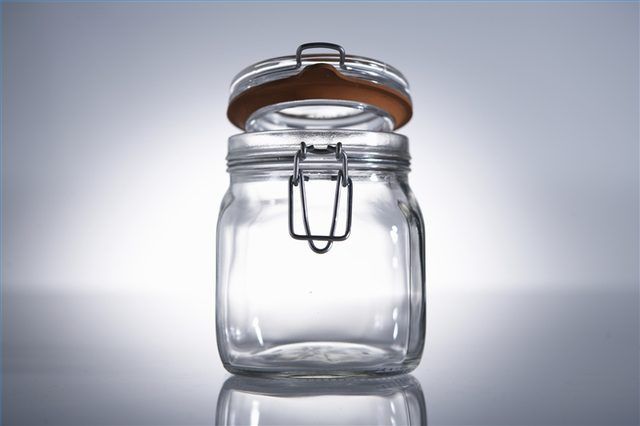Bulbs
Flower Basics
Flower Beds & Specialty Gardens
Flower Garden
Garden Furniture
Garden Gnomes
Garden Seeds
Garden Sheds
Garden Statues
Garden Tools & Supplies
Gardening Basics
Green & Organic
Groundcovers & Vines
Growing Annuals
Growing Basil
Growing Beans
Growing Berries
Growing Blueberries
Growing Cactus
Growing Corn
Growing Cotton
Growing Edibles
Growing Flowers
Growing Garlic
Growing Grapes
Growing Grass
Growing Herbs
Growing Jasmine
Growing Mint
Growing Mushrooms
Orchids
Growing Peanuts
Growing Perennials
Growing Plants
Growing Rosemary
Growing Roses
Growing Strawberries
Growing Sunflowers
Growing Thyme
Growing Tomatoes
Growing Tulips
Growing Vegetables
Herb Basics
Herb Garden
Indoor Growing
Landscaping Basics
Landscaping Patios
Landscaping Plants
Landscaping Shrubs
Landscaping Trees
Landscaping Walks & Pathways
Lawn Basics
Lawn Maintenance
Lawn Mowers
Lawn Ornaments
Lawn Planting
Lawn Tools
Outdoor Growing
Overall Landscape Planning
Pests, Weeds & Problems
Plant Basics
Rock Garden
Rose Garden
Shrubs
Soil
Specialty Gardens
Trees
Vegetable Garden
Yard Maintenance
How to Build a Gnat Trap
How to Build a Gnat Trap. Do you spend your days swatting at flying creatures that seem to increase in number by the second? You probably have a gnat infestation. Gnats, also known as fruit flies, are pesky insects that love to take up residence in drains, on fruit and in the soil of indoor plants. Here's how to build a gnat trap using household...

Do you spend your days swatting at flying creatures that seem to increase in number by the second? You probably have a gnat infestation. Gnats, also known as fruit flies, are pesky insects that love to take up residence in drains, on fruit and in the soil of indoor plants. Here's how to build a gnat trap using household items and reclaim your sanity.
Things You'll Need
1 Glass jar
5 tbsp. Apple cider vinegar
2 Pieces plastic wrap, cut to fit over jar opening
1 Rubber band
1 Fork
Scissors
Remove the lid from a glass jar and thoroughly rinse the jar with soap and water. Any jar will do, but the gnat trap will work best if the mouth of the jar is fairly wide.
Add 5 tbsp. apple cider vinegar to the jar. White vinegar will suffice if you don't have any cider vinegar on hand.
Cut a sheet of plastic wrap into two pieces of equal size. The plastic wrap should be large enough to cover the mouth of the jar, with about one inch to spare.
Place both sheets of plastic wrap over the lid of the jar and secure with a rubber band. It's essential to secure the plastic wrap, as the fruit flies are small insects that can escape easily.
Gently poke several holes in the saran wrap using a fork. It's important that the holes are not too close together and that there are not many holes close to the edge of the lid, as this would give gnats an escape route.
Place your homemade gnat trap next to the source of the infestation. If you have noticed the insects in more than one location, make several traps and place them around the house.
Enjoy watching your gnat trap become populated with the pesky fruit flies that had taken over your dwelling.
Tips & Warnings
Gnats are attracted to rotting plant material and lay eggs in wet soil. Allow indoor plants to dry thoroughly between waterings to discourage breeding.
Fruit flies often hitch a ride home from the grocery store on your produce. Wash fruit thoroughly with a dab of dishwashing soap before storing in your refrigerator to prevent gnat infestation.
Add 1 tsp. fresh vinegar every 2-3 days to trap more gnats. Fruit flies are attracted to the pungent odor of vinegar, which lessens with increased exposure to air. You may not enjoy the odor, but the insects love it, so be patient.
Be sure to hold the jar tightly when poking holes with the fork. If you use too much force, or fail to stabilize the jar, you will be covered in apple cider vinegar and the gnats will be attracted to you!